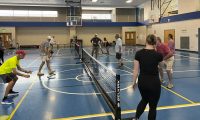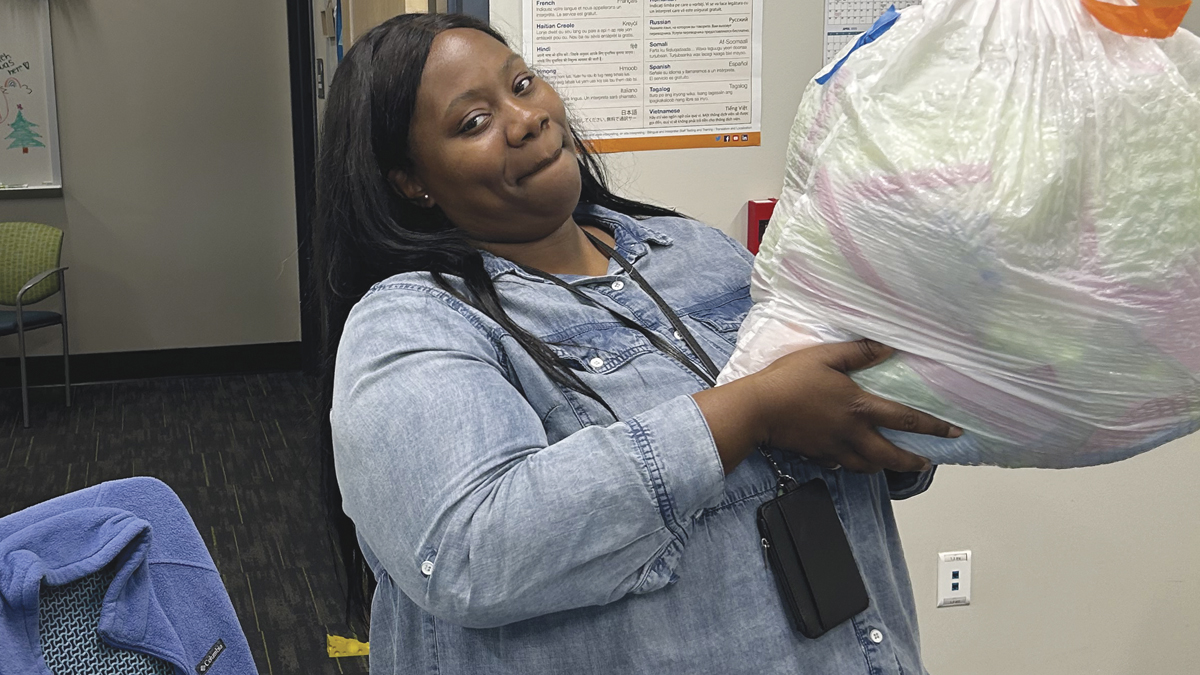It happens more often than not: A serious life event happens – a fall, a stroke, the death of a spouse – and then the injured or bereaved senior and their family start looking into options for a senior living community. The major decision then becomes a rushed process that can leave new residents bewildered, with unanticipated costs and living arrangements or in a community that is not the right fit.
“Instead, the right time to consider a senior living community is when the future resident is still active and can enjoy the amenities that your modern, high-end communities offer,” said Glenn Ferrere, executive director at The Crossings at Wescott Plantation. “It’s important that the senior moving into the community can be actively involved in the decision process.”
Ferrere’s advice for seniors or families of loved ones beginning to exhibit red flags is to begin searching early to find the best fit for the future.
While the minimum age requirement is usually 55, there are several red flags that signal the time is right to begin searching for a senior living community: a decline in hygiene, memory issues, difficulty taking medications properly, difficulty caring for the home, becoming secluded and not getting out to do things that used to be enjoyable.
Many couples delay looking into a senior living community as one declines in health and the other takes on a 24-hour position as both spouse and caregiver, in part fearing they may be separated based on their different medical care requirements. By planning early, couples can make the most of their golden years together without placing the burden of care on the relationship.
“At The Crossings at Wescott Plantation, we make every effort to keep couples together as long as it can be done safely. Many times, if a spouse has minor memory issues, the other spouse and the services of the community can help keep the memory- impaired spouse in independent or assisted living longer,” Ferrere explained. “If the memory declines and wandering or behavior issues begin, it would then be time to transfer that person to a secure memory care neighborhood where spouses can visit their loved one throughout the day, have meals together and spend time together.”
Some seniors attach the concept of assisted living to the stigma of a “facility” or “old-age home,” leaving their families encumbered with their care or paying high prices for professional help at home.
“The key to overcoming that is to introduce them to the modern, active communities. These are not the stereotypical institutions of the past. For instance, our community has a pub, a movie theater and a putting green,” he said. “We cater to the active senior and want our community to be a place where residents come to enjoy their golden years and to thrive.”
Ferrere’s advice for seniors or families of loved ones beginning to exhibit red flags is to begin searching early to find the best fit for the future.
“Visit as many communities as possible, enjoy a meal in the dining room, check out the activity calendar and speak to the residents themselves to see if they enjoy it. Take time to find the right community for you while you’re still in good health,” he said.








